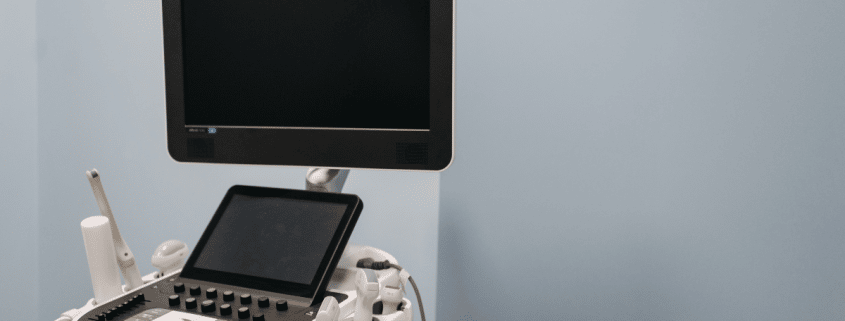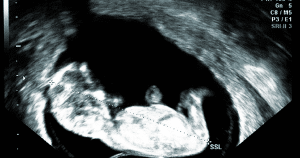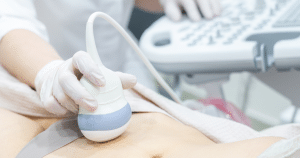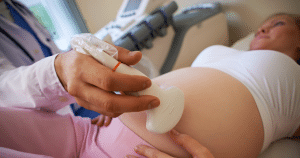11 Week Ultrasound Scan
If you are here, the chances are that you have an 11 Week Ultrasound Scan booked, and might be wanting a little more information about it.
In this article, we will discuss everything you need to know about 11 Week Ultrasound scans- with Judith Pilling- our exclusive Ultrasound Clinic in Leeds– answering any questions you may have.
Why would you go for an ultrasound scan at 11 weeks pregnant?
The NHS will usually offer you a scan at this stage in pregnancy, see further information below.
For a Private Scan…
If there are delays with the NHS scan and you required reassurance, then private providers could be a better route for your 11 week ultrasound scan. Please check that your chosen private provider is fully medically backed and that they have procedures in place to arrange follow-up for you, should there be a problem.
For an NHS Scan
Your 11 week scan with the NHS is usually offered between 11 and 14 weeks, with the scan most commonly being a 12 week ultrasound scan.
This scan is to check that your developing baby is growing nicely and determine a due date (dating scan), and it is also for those who wish to screen for Chromosomal abnormalities and conditions including Down’s, Edwards and Patau’s syndromes.
This optional screening test (Combined Screening Test) will be offered to you but you may choose to opt out and not have this test performed. Your midwife will discuss your options for screening at your midwife booking appointment.
How Does the Screening Test Work?
The screening test is a simple screen. It involves:
- scanning your baby and checking that the heart is beating,
- measuring your baby from head to bottom to accurately assess your baby’s age
- measuring the back of baby’s neck to check the thickness of the neck skin or Nuchal Translucency (NT). Many people know this first NHS scan at the NT scan or Nuchal scan.
These measurements are then combined with a blood sample (taken from the mothers arm hence no risk to the pregnancy).
The blood levels and ultrasound measurements are inputted into a computer program which outputs a risk assessment, detailing the chance of baby being affected with one of the 3 chromosomal conditions screened.
How are the Risks Categorised?
Anyone with a risk less than 1 in 150 will be assessed as low risk.
If, however your risk is greater than 1 in 150 you will be considered to have a high chance and thus will be offered the option for further testing.
It is important to remember that the vast majority of pregnancies within this high risk group result in a happy and healthy baby. The combined screening test will give a positive result for approximately 1 in 30 pregnancies.
Why Should You Choose A Private Scan Instead of an NHS Scan?
The NHS Combined Screening Test or NT scan (the screening test routinely offered by the NHS) is NOT the most advanced screening method.
An NIPT screening test is more accurate than the Combined Screening test, and can be:
- Booked privately
- Offered to you by the NHS if the routine screening test comes back as “high risk”
The NHS admits that “NIPT is more accurate than the 1st trimester combined or quadruple test for estimating the risk of Down’s Syndrome” (rapid.nhs.uk).
What is the NIPT Screening Test?
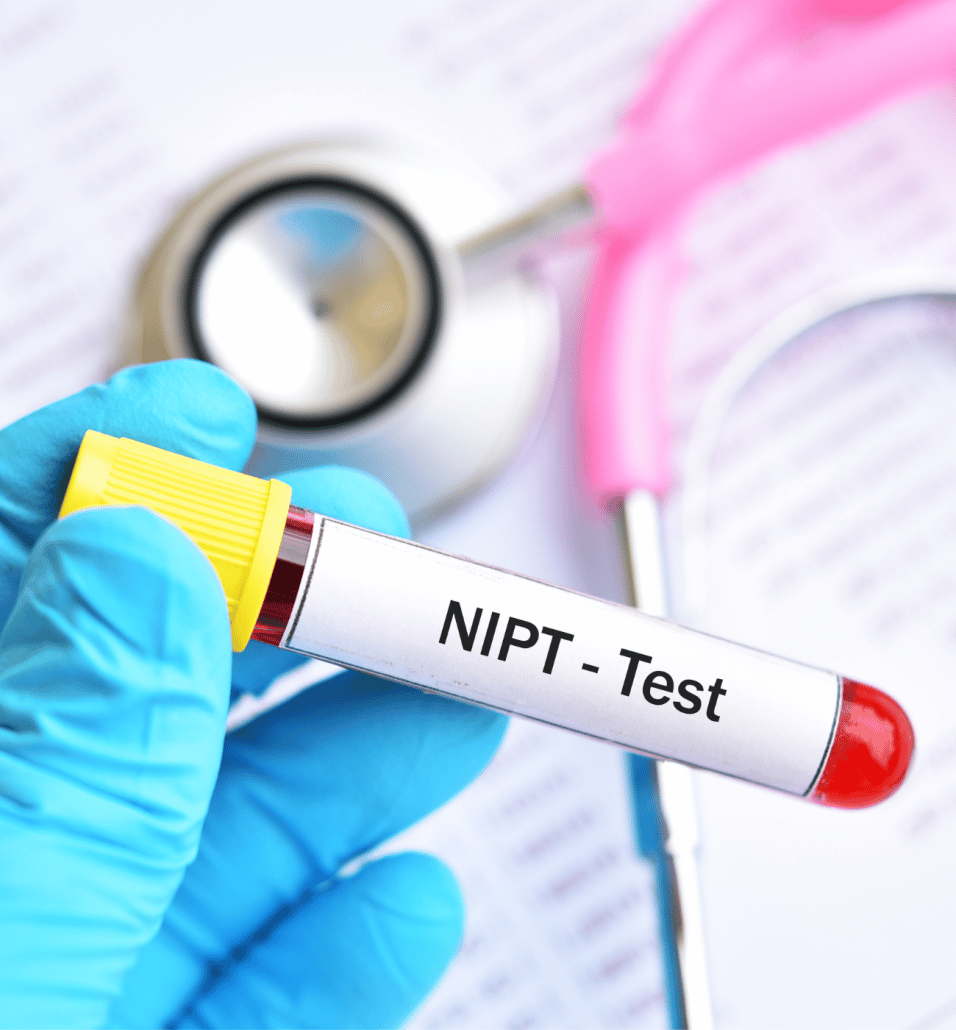
In 2013 the UK was introduced to a NEW screen called Non-invasive Prenatal Testing (NIPT).
This relatively NEW NIPT screen is a highly accurate alternative to Combined Testing.
It is completely safe, simple and risk-free to your pregnancy and it is available to all pregnant women who wish to opt for screening.
Non-Invasive Prenatal Testing (NIPT) has the highest detection rate of all screening tests. One meta-analysis has shown that the detection rate and false-positive rate for NIPT for screening for Down’s syndrome are 99% and 0.1% respectively (Gil et al., 2015).
It MUST be made clear that Non-Invasive Prenatal Testing (NIPT) is not classed as a diagnostic test- like amniocentesis or CVS- but it will give you reassurance to the highest degree possible that you are making the right choices, should you need further testing.
How Can I Book an NIPT Screening Test?
The NHS does not, however, offer NIPT routinely to everyone.
It is currently only offered to pregnant women who are given a high risk result from the combined test.
You can choose to opt for a NIPT screen outside of the NHS with a private provider which are available and can be easily found on the internet.
Again, it is vitally important to check that your provider has a medical background and knowledge about the various NIPT screening options when booking your test. Your provider should clearly explain the various options, how you will receive your results, and the next steps depending on the results you receive.
What Will I See on an 11 Week Ultrasound Scan?
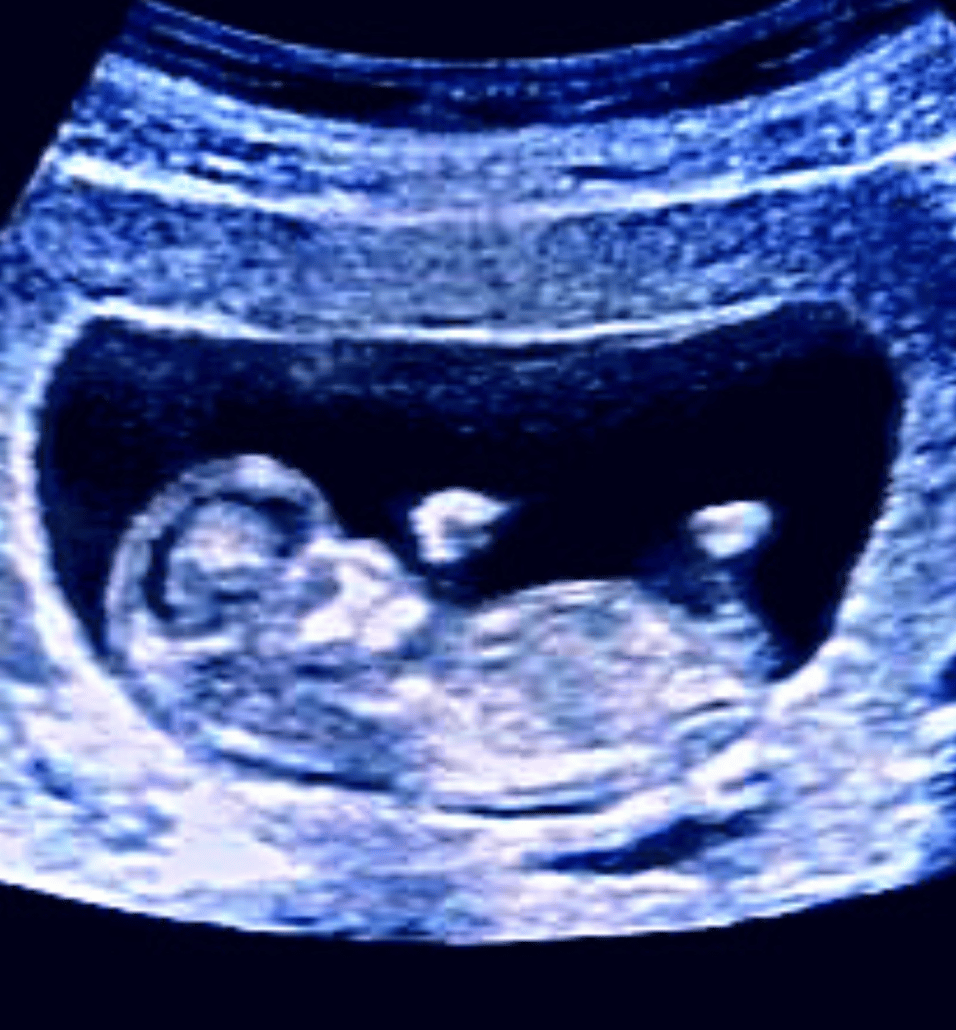
At your 11 week scan, your clinical specialist or sonographer will show you that your baby has a distinctively shape where the head, body, arms and legs can be clearly seen.
Fingers and feet can be seen along with much of baby’s internal structures, including its stomach and bladder.
Images of the heart, face and spine are not so clear as the baby is still small, but these will be checked at your 20 week scan.
At this scan, you may well see your baby moving- and even receive some ultrasound photos to take home.
Baby’s Development at 11 Weeks Pregnant

Your growing baby is developing well at 11 weeks.
It is truly amazing that in a short space of time, only 9 weeks since conception, your baby’s head, body, arms, legs, fingers and feet can clearly be seen.
Your baby at 11 weeks will still only measure 45 mm, about the size of a plum!
Can you see a Heartbeat at an 11 Weeks Pregnant Scan?
At 11 weeks, the heartbeat can be clearly seen on an 11 week ultrasound scan, pulsing away in your baby’s chest!
It will usually beat between 140 and 170 beat per minute. This sounds fast, but it is completely normal for your little baby.
Can you hear a Heartbeat at an 11 Weeks Pregnant Scan?
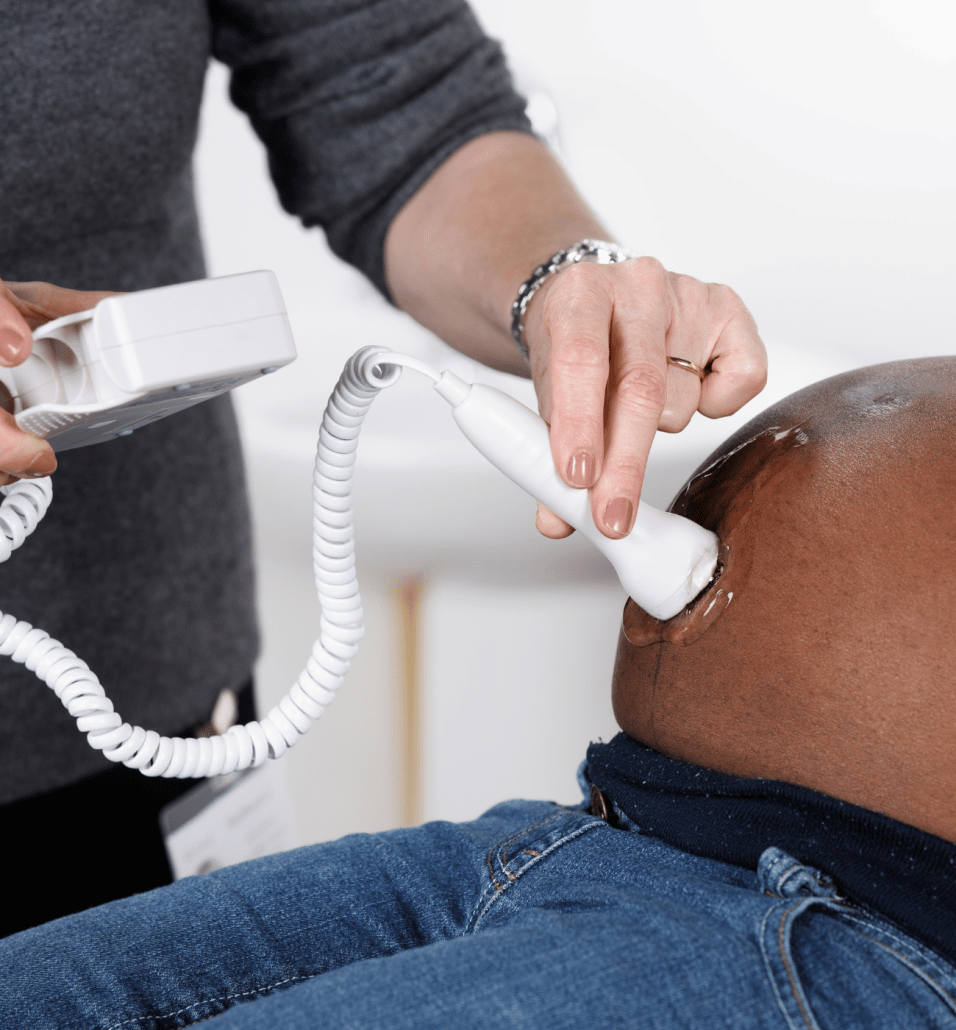
The heartbeat can be heard at 11 weeks using an ultrasound technique called “Doppler”.
Due to the risks associated with using the Doppler (including early fetal development / cell replication concerns), your midwife will be very reluctant to listen in to find the heart beat at 11 weeks.
The device does not have any visual output to show where the heart is, which can make it difficult for the midwife to locate the heartbeat. Your midwife will usually start listening to the heart after 20 weeks- at your various antenatal check-up appointments.
What are the Signs of a Healthy Pregnancy at 11 Weeks?
At 11 weeks, a healthy pregnancy is shown in the following ways:
- The baby measures around 45 mm
- The baby is surrounded by a nice regular gestation sac with a smooth thickening to one portion which will be the placenta location
- The baby visibly shows a heartbeat
- The baby has a normal, first trimester anatomy, including a head, 2 arms, stomach, cord insertion, bladder and two legs.
Can you tell if you are having Twins at 11 Weeks Pregnant?
Twins are easily diagnosed at 11 weeks.
For medical purposes, there are 3 types of twins. This applies to triplets also, although a triplet pregnancy will be more complex than a twin one.
You can identify the three types of twins on an ultrasound scan in the following ways:
- Their own separate placenta and separate sac = dichorionic diamniotic (DCDA) twins or identical twins.
- A shared single placenta but have their own separate sacs = monochorionic diamniotic (MCDA) twins.
- They share both a placenta and a sac – this is a much rarer type of pregnancy = monochorionic monoamniotic (MCMA) twins.
All non-identical twins are DCDA.
Most identical twins are MCDA, but some will be DCDA. Very rarely identical twins can be MCMA.
For information about ultrasound scans at other weeks, you can visit:
- 4 Week Ultrasound Scan
- 5 Week Ultrasound Scan
- 6 Week Ultrasound Scan
- 7 Week Ultrasound
- 8 Weeks Ultrasound Scan
- 9 Week Ultrasound Scan
- 10 Week Ultrasound Scan
- 12 Week Ultrasound Scan
Sources:
Raising Children Network, 11 weeks pregnant, June 2022
peanut-app.io, Your 11-Week Ultrasound: What to Expect & What You Can See, July 2023
parents.com, What Does an 11-Week Ultrasound Look Like?, August 2023



